10 Best Herbal Baths For Menstrual Cramps

Herbal baths can be an effective natural remedy for alleviating menstrual cramps by promoting relaxation and reducing inflammation.
Soaking in warm water infused with herbs such as chamomile, lavender, or ginger can help ease pain and discomfort during menstruation. These herbs are known for their soothing and anti-inflammatory properties, which can relax the uterine muscles and reduce spasms. Adding a few drops of essential oils like clary sage or rosemary can enhance the therapeutic effects of the bath.
Regular use of herbal baths may contribute to overall menstrual wellness and provide a calming, self-care ritual for women experiencing painful periods.
FREE Herb Drying Checklist
How to make sure every batch retains maximum flavor, color, and aroma without the risk of mold or over-drying. Eliminate guesswork and trial-and-error, making herb drying faster, easier, and more efficient every time.
Table of Contents
1. Curcuma longa
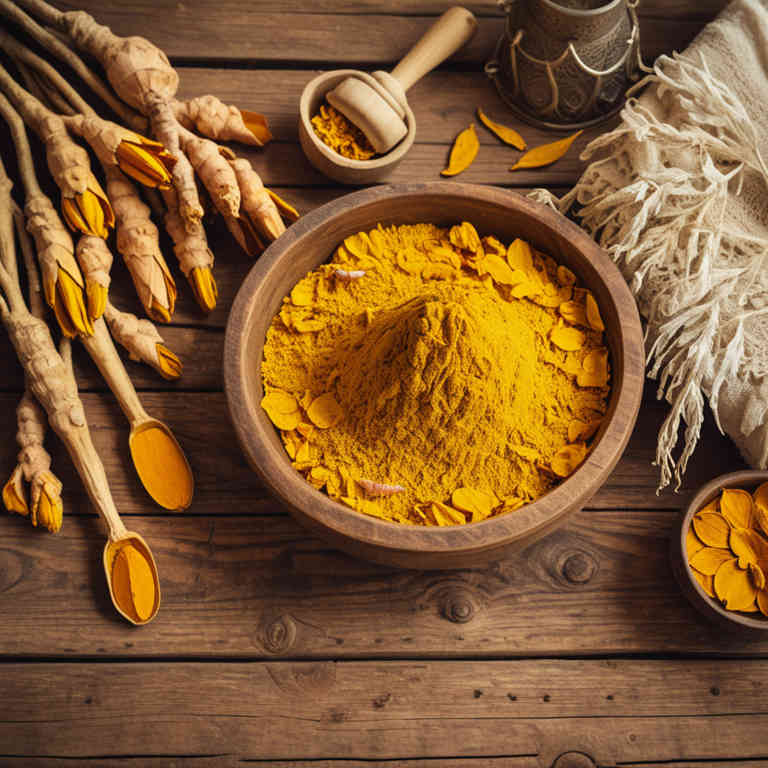
Curcuma longa, commonly known as turmeric, has been traditionally used for its anti-inflammatory and analgesic properties, making it a popular choice for herbal baths aimed at alleviating menstrual cramps.
When added to warm bath water, curcumin, the active compound in turmeric, can help reduce uterine inflammation and ease the discomfort associated with menstrual pain. The soothing warmth of the bath combined with the therapeutic effects of turmeric may promote relaxation and improve blood circulation, further supporting menstrual health. However, it is important to use turmeric in moderation and consult with a healthcare provider, especially for those with sensitive skin or existing medical conditions.
Overall, turmeric baths offer a natural, holistic approach to managing menstrual cramps, complementing other wellness practices for a balanced menstrual cycle.
2. Salvia officinalis

Salvia officinalis, commonly known as sage, has been traditionally used in herbal baths to help alleviate menstrual cramps due to its anti-inflammatory and analgesic properties.
When infused into warm water, sage can promote relaxation and ease the discomfort associated with menstrual pain by soothing the uterine muscles. The aromatic compounds in sage may also have a calming effect on the nervous system, further reducing stress-related exacerbation of cramps. Herbal baths with sage are often recommended as a natural and gentle alternative to over-the-counter pain medications.
However, it is important to consult with a healthcare provider before using sage baths, especially for those with allergies or specific health conditions.
3. Urtica dioica

Urtica dioica, commonly known as stinging nettle, has been traditionally used in herbal baths to alleviate menstrual cramps due to its anti-inflammatory and analgesic properties.
When infused into warm water, the bath can help relax the uterine muscles and reduce pain associated with dysmenorrhea. The high concentration of minerals such as magnesium and potassium in stinging nettle supports muscle relaxation and may improve circulation, further easing discomfort. Many women find that soaking in a nettle bath for 15 to 20 minutes during their menstrual cycle provides natural relief without the side effects of pharmaceutical medications.
However, it is important to consult with a healthcare provider before using nettle baths, especially for those with sensitive skin or existing medical conditions.
4. Rosmarinus officinalis
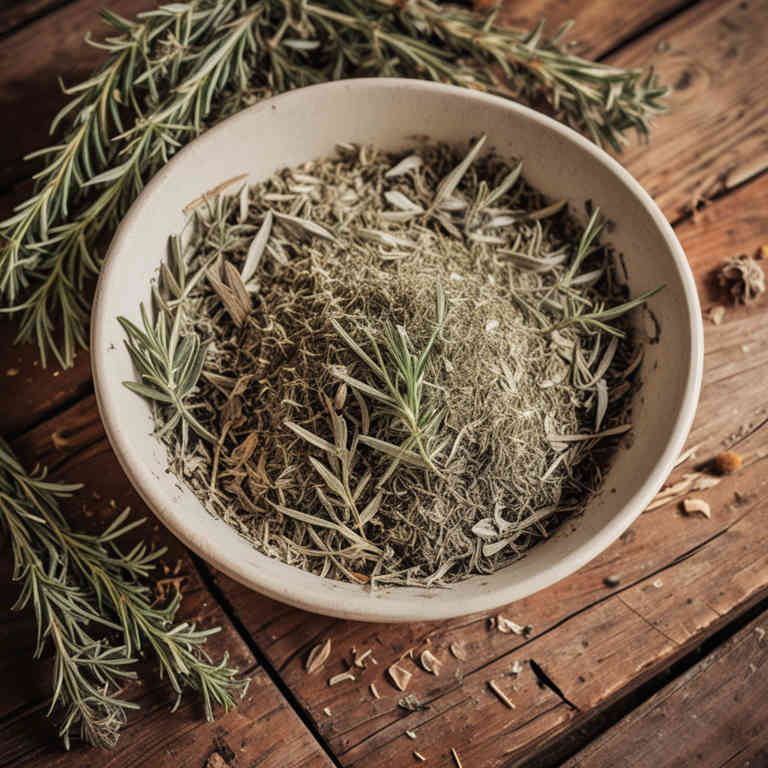
Rosmarinus officinalis, commonly known as rosemary, is a fragrant herb that has been traditionally used for its therapeutic properties, including its potential benefits for menstrual cramps.
When used in herbal baths, rosemary can help relax muscle tension and improve blood circulation, which may alleviate the discomfort associated with menstrual cramps. The essential oils derived from rosemary leaves, such as 1,8-cineole and camphor, have anti-inflammatory and analgesic effects that may provide soothing relief. To prepare a rosemary herbal bath, one can steep fresh or dried rosemary in hot water and then add it to a warm bath, allowing the steam and aromatic compounds to penetrate the skin.
While rosemary baths are generally considered safe, it is advisable to consult with a healthcare provider, especially for individuals with sensitive skin or specific medical conditions.
5. Zingiber officinale
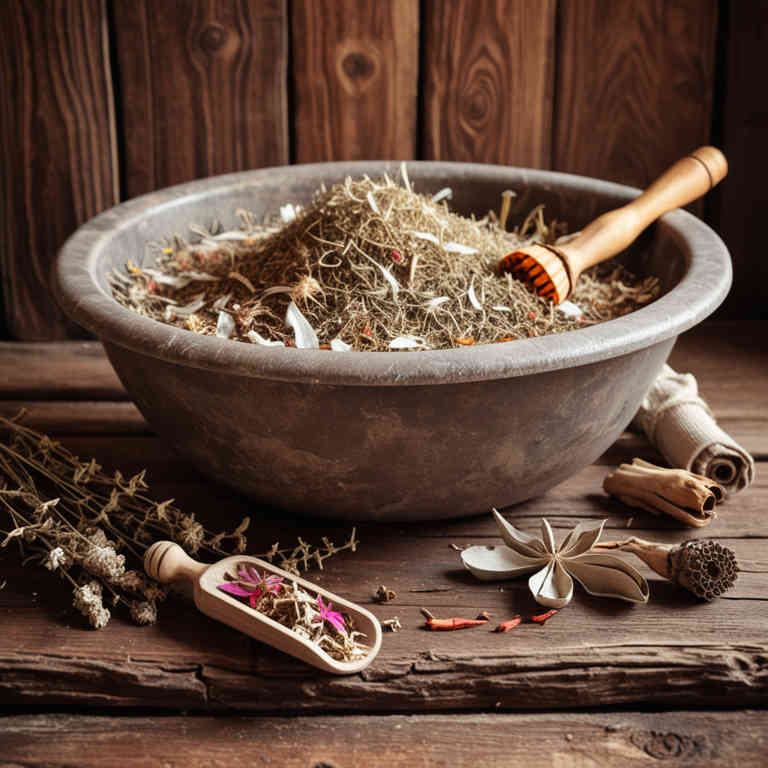
Zingiber officinale, commonly known as ginger, has been traditionally used in herbal baths to alleviate menstrual cramps due to its warming and anti-inflammatory properties.
When infused into bath water, ginger can help relax uterine muscles and improve blood circulation, reducing the intensity of cramping. The aromatic compounds in ginger also have a soothing effect on the nervous system, promoting relaxation and easing discomfort. This natural remedy is particularly beneficial for those seeking a gentle, non-pharmacological approach to managing menstrual pain.
Incorporating ginger into a warm bath can be a comforting and effective way to support menstrual health and overall well-being.
6. Equisetum arvense
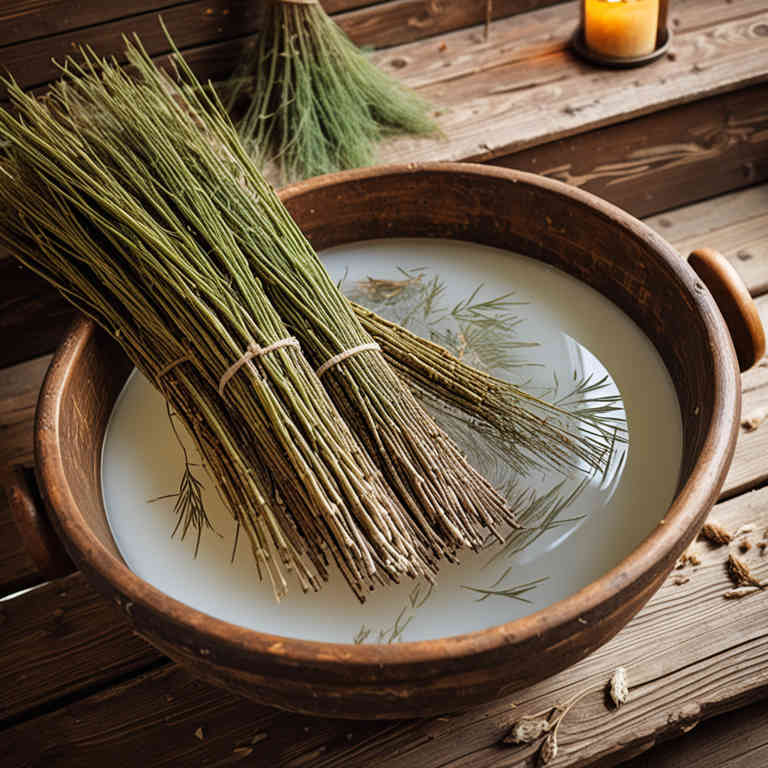
Equisetum arvense, commonly known as field horsetail, has been traditionally used in herbal baths to alleviate menstrual cramps due to its high concentration of silica and anti-inflammatory properties.
When infused into warm water, the bath helps soothe muscle tension and reduce pain associated with dysmenorrhea. The astringent qualities of horsetail may also help to tone the uterine muscles, offering additional relief. Many women find that soaking in such a bath can promote relaxation and ease the discomfort of their menstrual cycle.
However, it is important to consult with a healthcare provider before using horsetail, especially for those with sensitive skin or existing health conditions.
7. Paeonia lactiflora
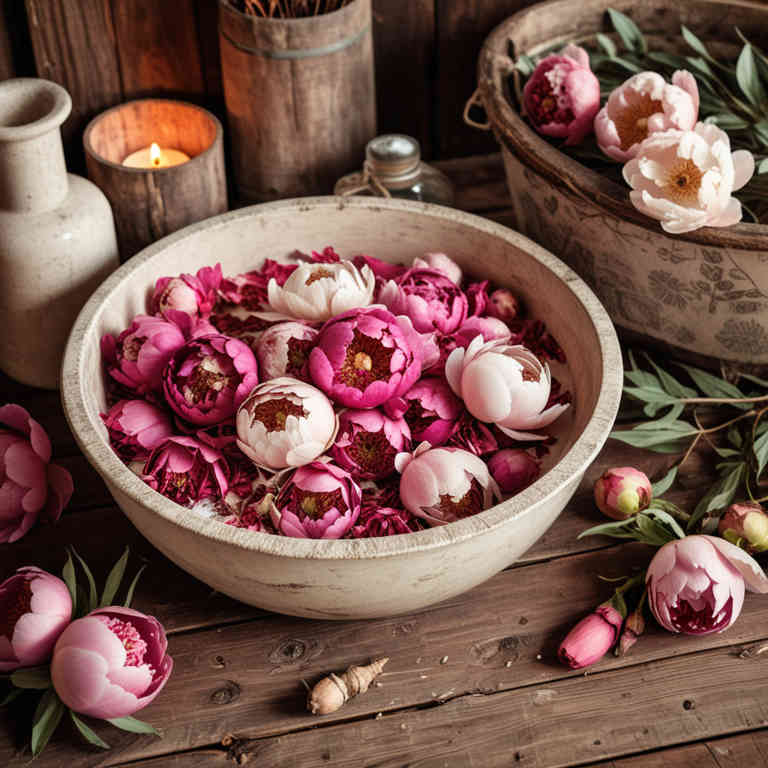
Paeonia lactiflora, commonly known as the peony, has been traditionally used in herbal baths to alleviate menstrual cramps due to its anti-inflammatory and analgesic properties.
When infused into bath water, the compounds in peony can help relax uterine muscles and reduce pain associated with menstruation. The soothing warmth of the bath enhances the absorption of the herb’s beneficial compounds through the skin, promoting overall comfort. This natural remedy is often preferred by those seeking a non-invasive, holistic approach to managing period pain.
While generally safe, it is advisable to consult a healthcare provider before incorporating peony baths into a menstrual care routine, especially for those with allergies or existing health conditions.
8. Nymphaea alba
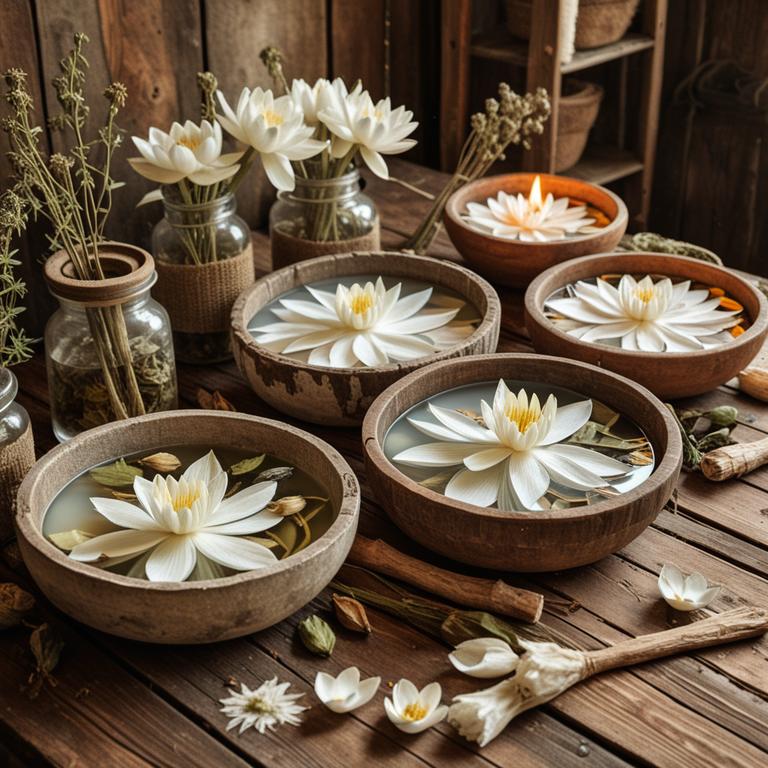
Nymphaea alba, commonly known as the white water lily, has been traditionally used in herbal baths to alleviate menstrual cramps due to its soothing and anti-inflammatory properties.
When infused into bathwater, the essential oils and compounds from the plant can help relax muscle tension and ease discomfort associated with menstruation. The calming effect of the bath, combined with the natural properties of Nymphaea alba, promotes relaxation and can reduce stress, which is often a contributing factor to menstrual pain. This ancient remedy is particularly favored for its gentle and natural approach, making it a safe option for many women seeking relief without pharmaceutical interventions.
Incorporating Nymphaea alba into a warm bath can offer a holistic and comforting way to manage menstrual cramps.
9. Vitex agnus-castus
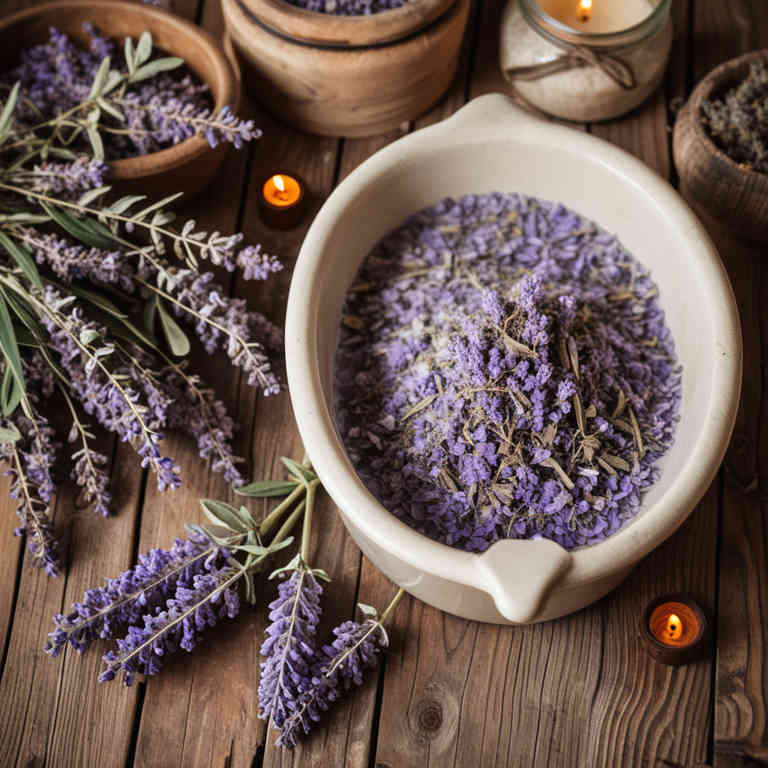
Vitex agnus-castus, also known as chasteberry, has been traditionally used in herbal baths to alleviate menstrual cramps by promoting hormonal balance and reducing inflammation.
When infused into warm water, the essential oils and compounds in vitex can help soothe the muscles of the uterus, easing pain and discomfort during menstruation. This natural remedy is particularly beneficial for women experiencing premenstrual syndrome (PMS) or irregular cycles, as it supports the regulation of menstrual flow. To prepare the bath, a few tablespoons of dried vitex leaves or flowers can be steeped in hot water and then added to a tub, allowing the steam to release its soothing properties.
While herbal baths can provide relief, it is advisable to consult a healthcare provider before use, especially for those with existing health conditions or who are pregnant.
10. Lavandula angustifolia

Lavandula angustifolia, commonly known as English lavender, is often used in herbal baths to alleviate menstrual cramps due to its soothing and anti-inflammatory properties.
When infused into warm water, lavender essential oil or dried lavender flowers can help relax the muscles and reduce tension in the pelvic area. The calming aroma of lavender also promotes relaxation, which can ease the stress and discomfort associated with menstruation. A lavender bath can be a gentle and natural alternative to over-the-counter pain relievers, offering a holistic approach to menstrual care.
Regular use of lavender-infused baths may provide long-term relief and improve overall menstrual health.